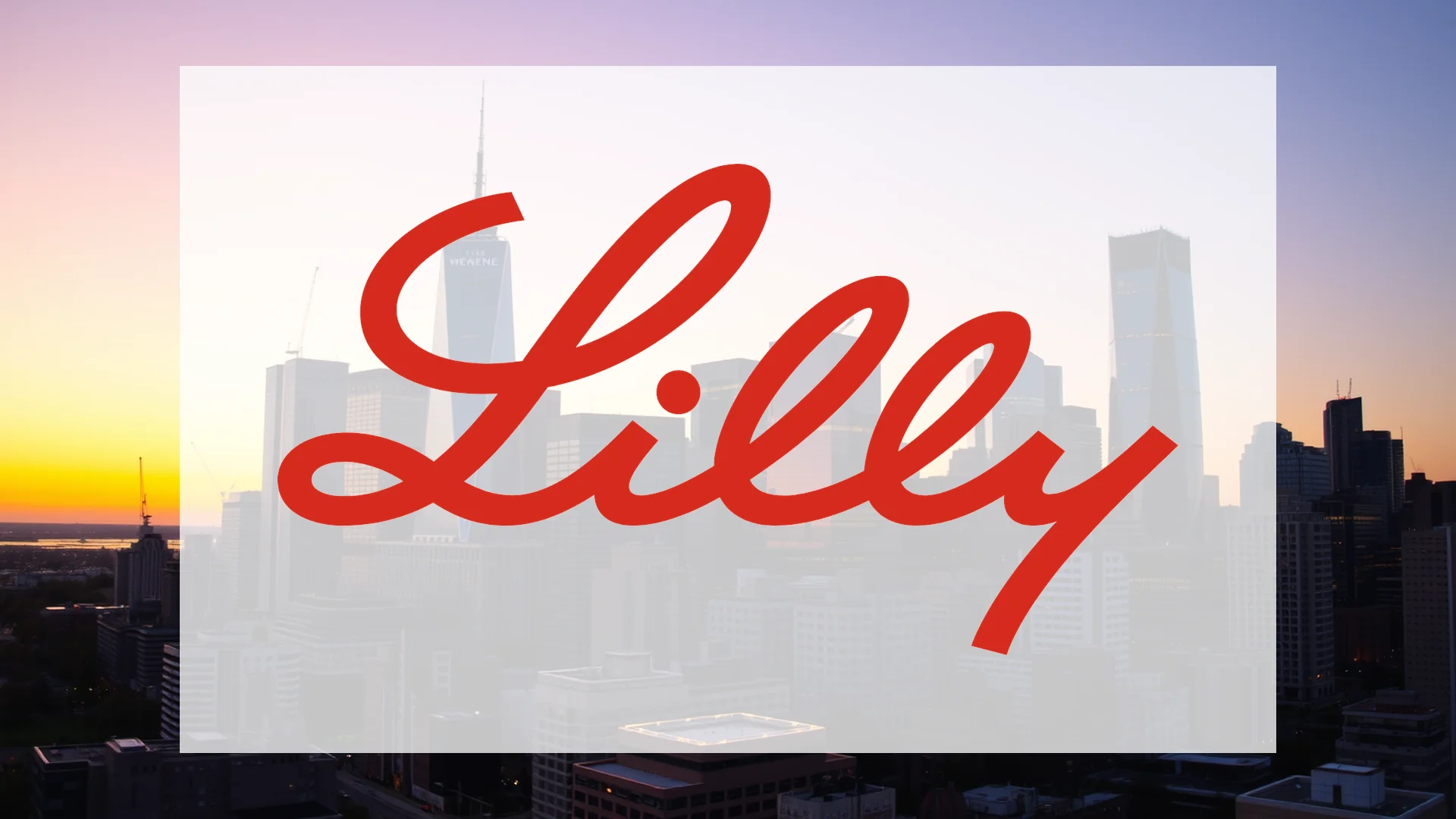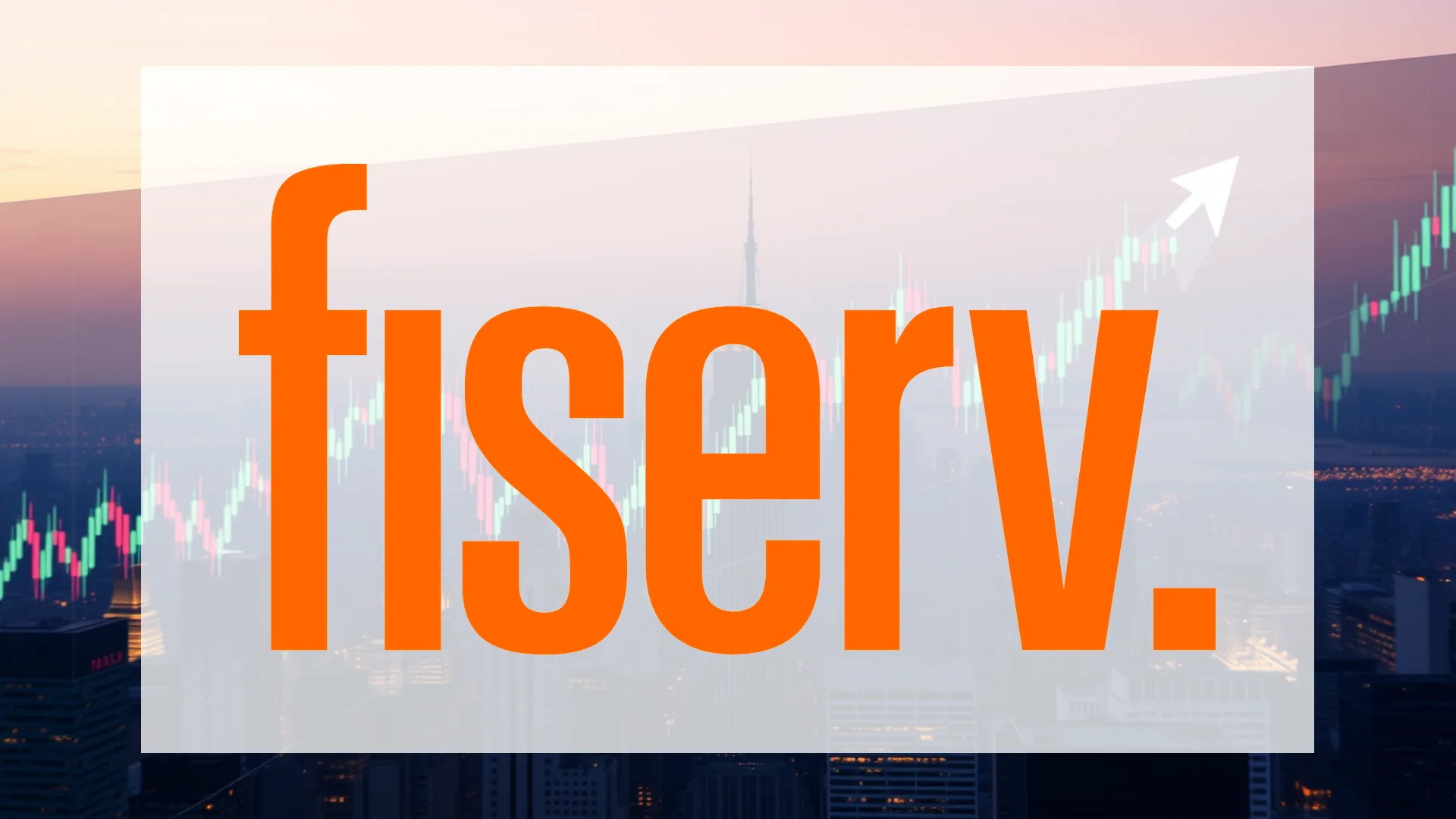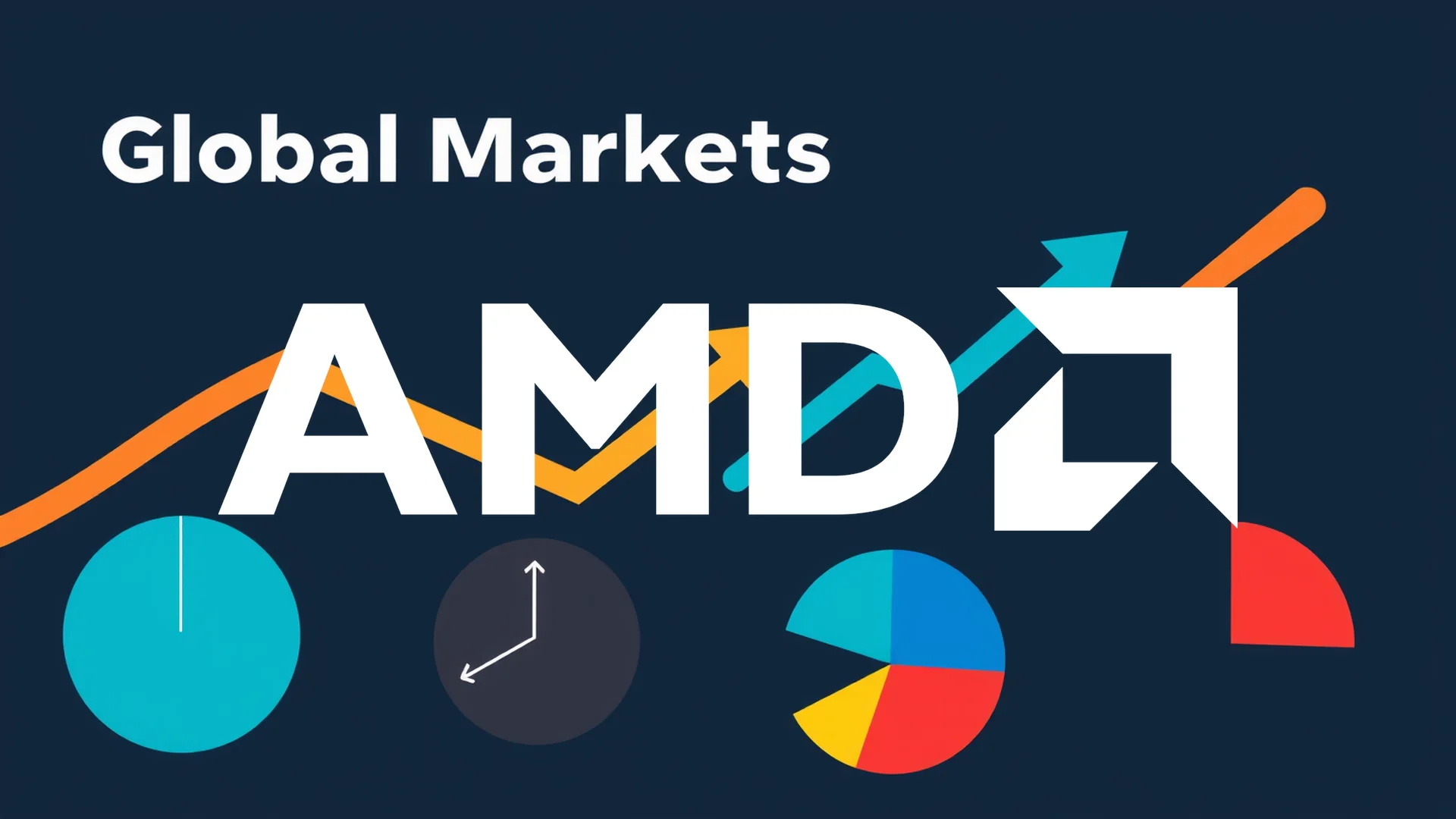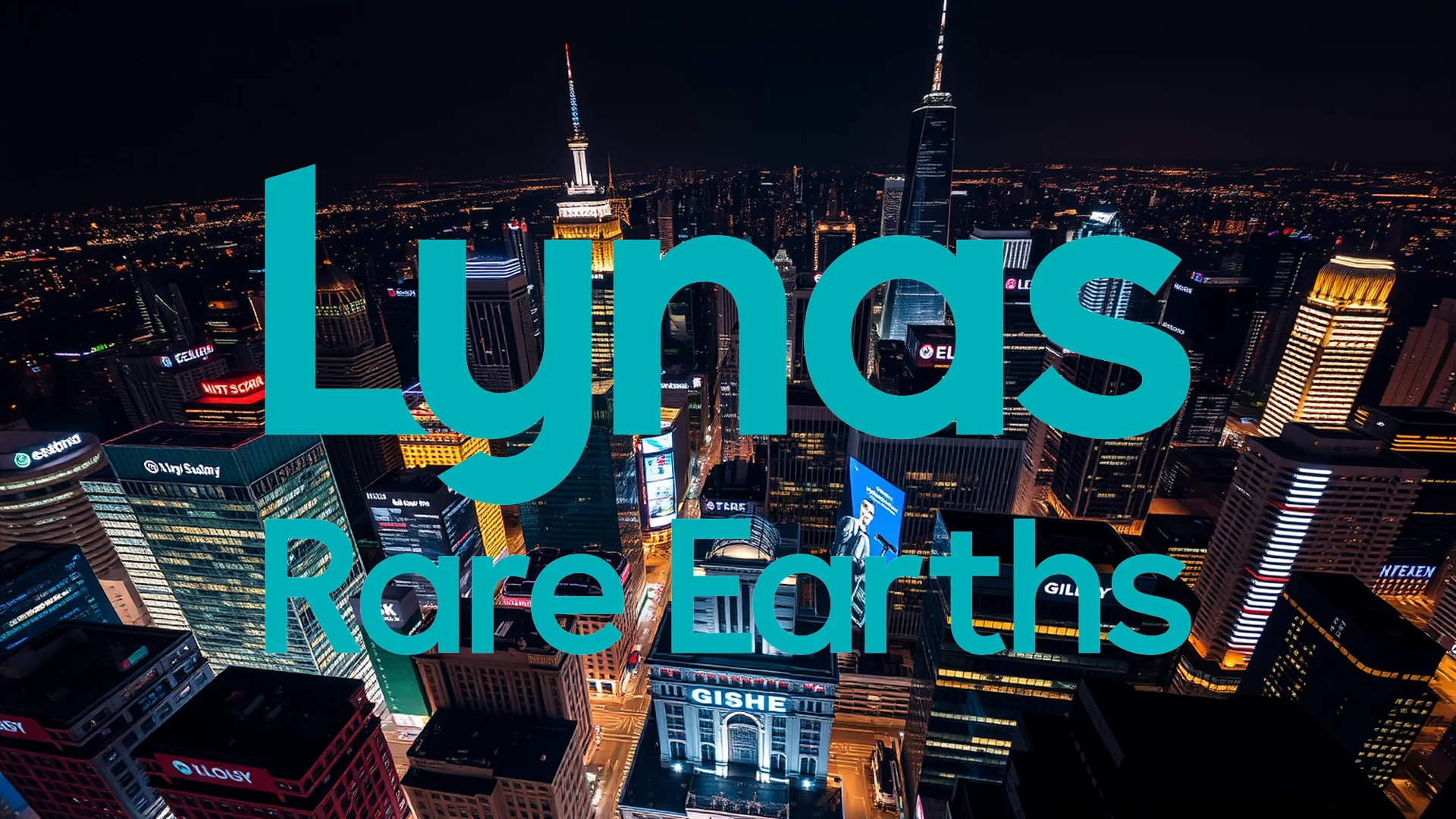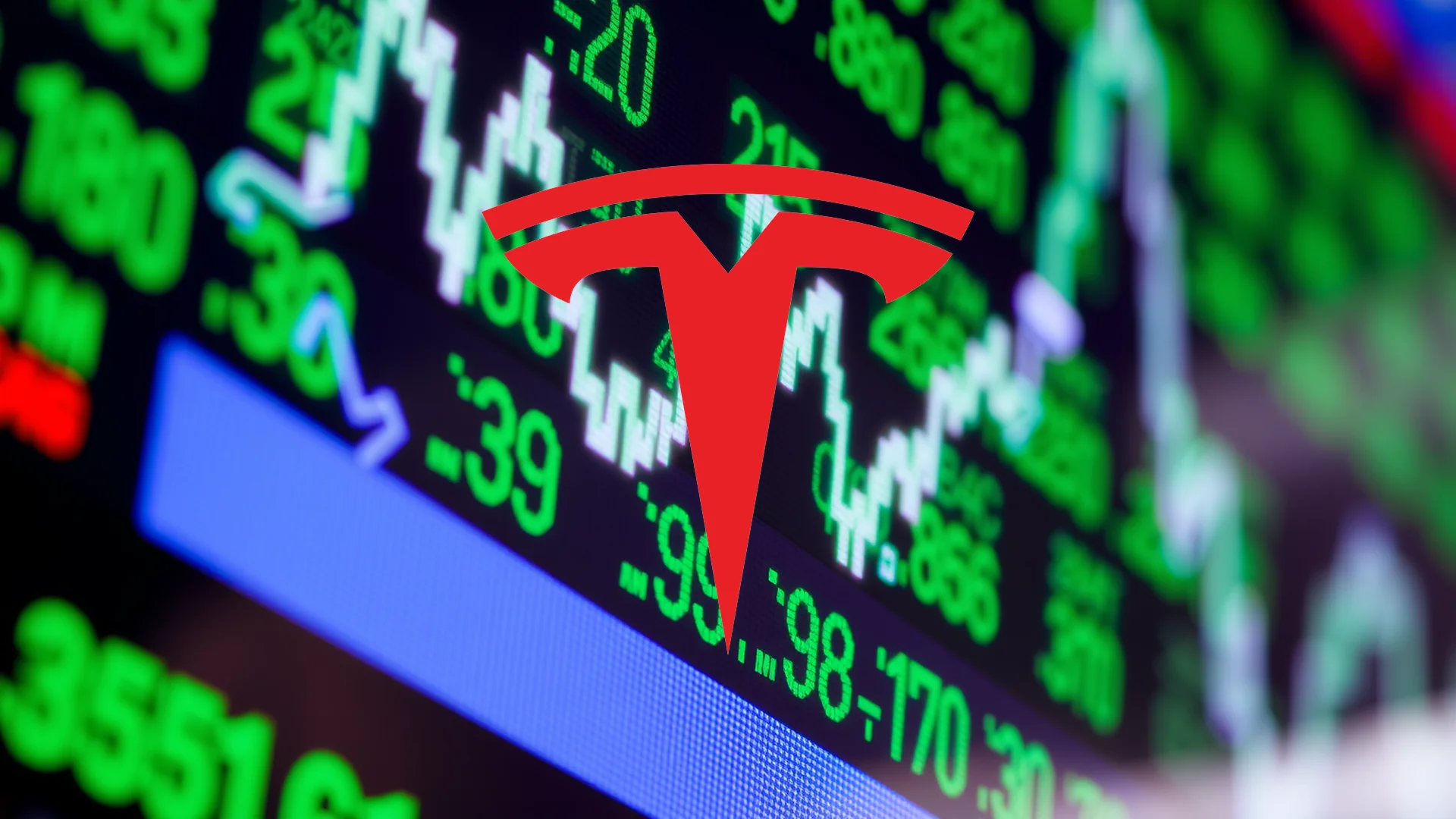Pharmaceutical leader Eli Lilly finds itself balancing ambitious growth initiatives with increased regulatory oversight. The company recently announced its largest single capital investment to date while simultaneously addressing concerns from U.S. health authorities regarding its marketing practices for blockbuster weight-loss medication Zepbound.
Major Manufacturing Expansion Underway
On September 16, Eli Lilly revealed plans to establish a state-of-the-art manufacturing facility in Virginia, representing a $5 billion investment—the most substantial in the company’s history. This fully integrated production site will specialize in bioconjugates and monoclonal antibodies, positioning the company to capitalize on the rapidly expanding cancer treatment market.
The Virginia project marks just the beginning of Lilly’s expansion strategy, with three additional U.S. locations scheduled for development later this year. Since 2020, the pharmaceutical giant has allocated approximately $50 billion toward capacity expansion. The new operation is expected to generate 2,450 jobs, including 650 permanent positions for scientific and engineering professionals.
Regulatory Challenges Emerge
These expansion plans coincide with regulatory challenges from the Food and Drug Administration. On September 9, CEO David Ricks received a formal warning letter concerning allegedly misleading promotional content for Zepbound. The regulatory body cited a digital video presentation that omitted risk information about the medication, which carries warnings regarding potential thyroid tumors and serious adverse effects.
This marks the second FDA citation for Lilly within a twelve-month period, with regulators expressing concern about pharmaceutical companies minimizing safety information for commercially successful medications.
Should investors sell immediately? Or is it worth buying Eli Lilly?
Accelerated Approval Potential for New Treatment
Despite these regulatory setbacks, market analysts identify significant potential in Lilly’s experimental weight-loss pill Orforglipron. Wall Street experts speculate the treatment could receive expedited approval through a program designed for medications of “national priority,” potentially reducing the standard ten-month review period to just one or two months.
Financial institution Goldman Sachs estimates that bringing the drug to market one quarter earlier could generate an additional $1 billion in revenue. CEO Dave Ricks has hinted at a potential launch “around the same time next year,” suggesting confidence in the approval timeline.
Market Position and Financial Performance
Eli Lilly currently commands 57% of the U.S. weight-loss medication market, dominating the lucrative GLP-1 segment. The company’s diabetes and weight-management portfolio generated $8.58 billion in revenue during the second quarter alone. Industry researchers project the entire GLP-1 market could reach $150 billion annually by 2030.
The company’s shares recently traded near €640, representing a notable decline from August’s peak of approximately €890. While JP Morgan reduced its price target by 4.5%, the firm maintained its buy recommendation, indicating continued confidence in Lilly’s long-term prospects despite recent volatility.
Ad
Eli Lilly Stock: Buy or Sell?! New Eli Lilly Analysis from December 22 delivers the answer:
The latest Eli Lilly figures speak for themselves: Urgent action needed for Eli Lilly investors. Is it worth buying or should you sell? Find out what to do now in the current free analysis from December 22.
Eli Lilly: Buy or sell? Read more here...

